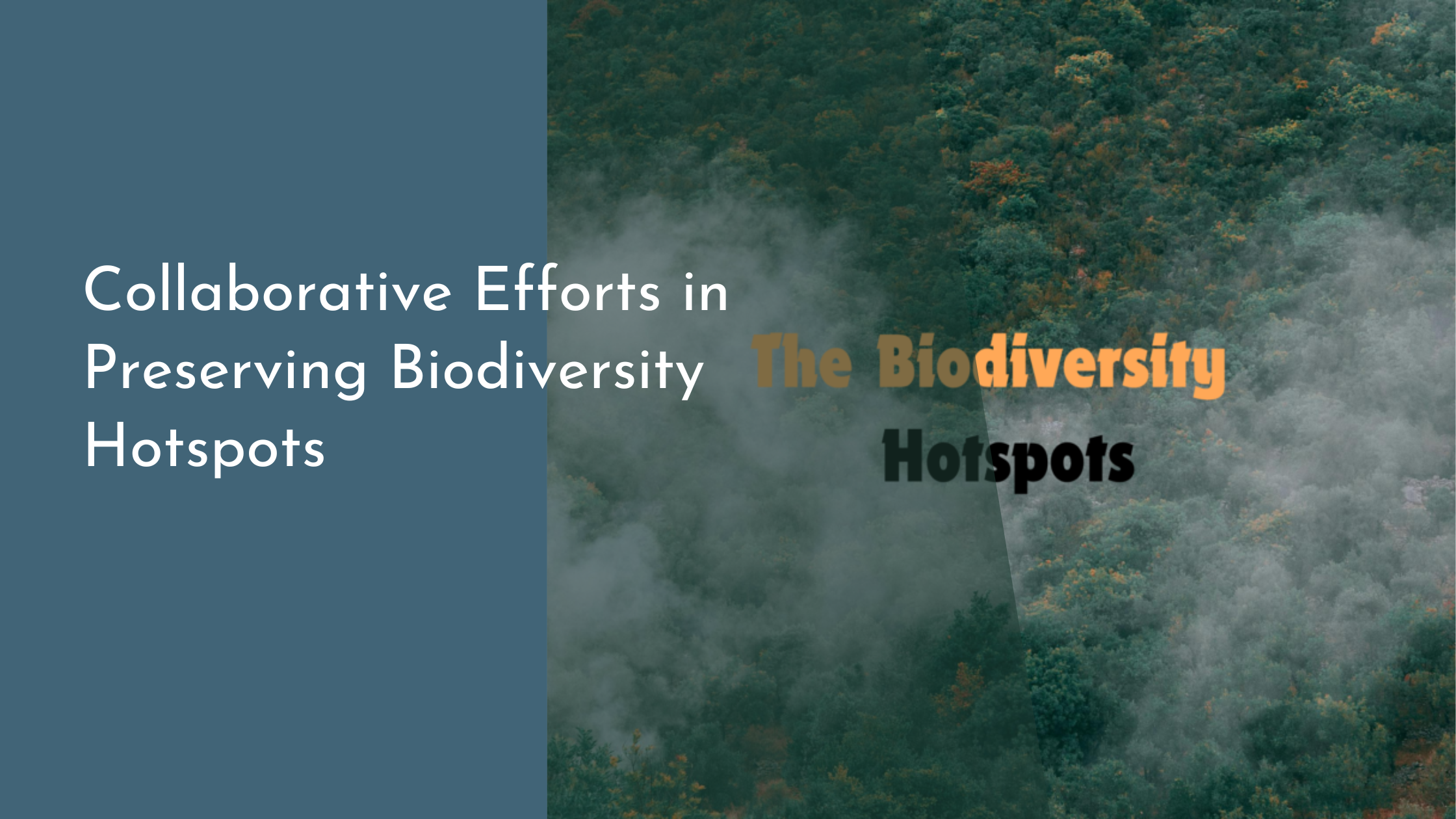Collaborative Efforts in Preserving Biodiversity Hotspots
Biodiversity hotspots are regions teeming with unique plant and animal life, often found in areas threatened by human activities. These hotspots are crucial for maintaining ecological balance and supporting life on Earth. Collaborative efforts among governments, NGOs, scientists, and local communities are becoming increasingly important to preserve these irreplaceable ecosystems. In this article, we explore the significance of biodiversity hotspots, identify the key players involved in their conservation, delve into innovative strategies for preservation, and celebrate the success stories and future goals that offer hope for a sustainable future.
Understanding Biodiversity Hotspots’ Significance
Biodiversity hotspots are areas with exceptional levels of endemic species and a significant amount of habitat loss. These regions are the cradle of Earth’s biological heritage, home to plants and animals that are found nowhere else. The significance of biodiversity hotspots goes beyond their ecological value; they also provide essential ecosystem services, such as carbon sequestration, water purification, and pollination. By preserving these hotspots, we ensure the continued provision of these services, which are invaluable to both human populations and the natural world.
The importance of biodiversity hotspots is further underscored by their role in scientific research and education. These areas serve as natural laboratories for studying evolution, species interactions, and ecosystem dynamics. Protecting biodiversity hotspots not only safeguards the species within them but also preserves opportunities for scientific discovery and advancement. By maintaining these hotspots, we protect the potential for future innovations that may arise from understanding the complex web of life they harbor.
Key Players in Biodiversity Conservation
Government bodies play a crucial role in the conservation of biodiversity hotspots by enacting policies, providing funding, and enforcing regulations. National and local governments can designate protected areas, implement conservation programs, and work with international organizations to address cross-border environmental issues. Their commitment to preserving biodiversity is fundamental to ensuring long-term conservation success.
Non-governmental organizations (NGOs) and local communities are also key players in biodiversity conservation. NGOs often lead on-the-ground efforts, such as habitat restoration, species monitoring, and community education. Local communities, being the stewards of their environment, offer invaluable knowledge and cultural practices that can enhance conservation strategies. By involving local populations in preservation efforts, we can achieve more sustainable outcomes and foster a sense of ownership and responsibility towards these vital ecosystems.
Innovative Strategies for Joint Preservation
Collaborative efforts between different sectors have led to innovative strategies for preserving biodiversity hotspots. One approach involves integrating conservation with sustainable development, ensuring that local communities benefit economically from conservation efforts. This can include ecotourism initiatives, sustainable agriculture, and alternative livelihoods that reduce pressure on natural resources. By aligning conservation goals with community development, these strategies create a win-win situation for both people and nature.
Technology is also playing an increasingly important role in joint preservation efforts. The use of drones, satellite imagery, and geographic information systems (GIS) allows for better monitoring and management of biodiversity hotspots. These tools enable real-time tracking of changes in the environment, helping conservationists respond quickly to threats such as deforestation or poaching. By embracing technological advancements, conservation efforts can be more efficient and effective, paving the way for innovative solutions to complex environmental challenges.
Celebrating Success Stories and Future Goals
There are numerous success stories that demonstrate the power of collaborative efforts in preserving biodiversity hotspots. The Costa Rican government, in partnership with local communities and NGOs, has successfully restored the Guanacaste Conservation Area, reviving its diverse ecosystems and boosting ecotourism. Similarly, the Community Management of Protected Areas Conservation Programme in the Philippines has empowered local communities to manage their marine resources sustainably, leading to the recovery of coral reefs and fish populations.
Looking to the future, the goals for preserving biodiversity hotspots are ambitious but achievable. Increasing the area of protected habitats, enhancing connectivity between fragmented ecosystems, and combating climate change effects are prioritized objectives. By continuing to foster collaboration and innovation, we can hope to secure a future where biodiversity hotspots thrive, contributing to the resilience and health of our planet for generations to come.
Preserving biodiversity hotspots is not just an environmental imperative; it’s an investment in our planet’s future. The collaborative efforts of governments, NGOs, scientists, and communities are driving significant progress in conserving these critical areas. As we celebrate our successes, it is essential to remain steadfast in our commitment to innovative solutions and inclusive strategies. Together, we can safeguard the rich tapestry of life that biodiversity hotspots offer, ensuring that future generations inherit a world filled with wonder and natural beauty.

